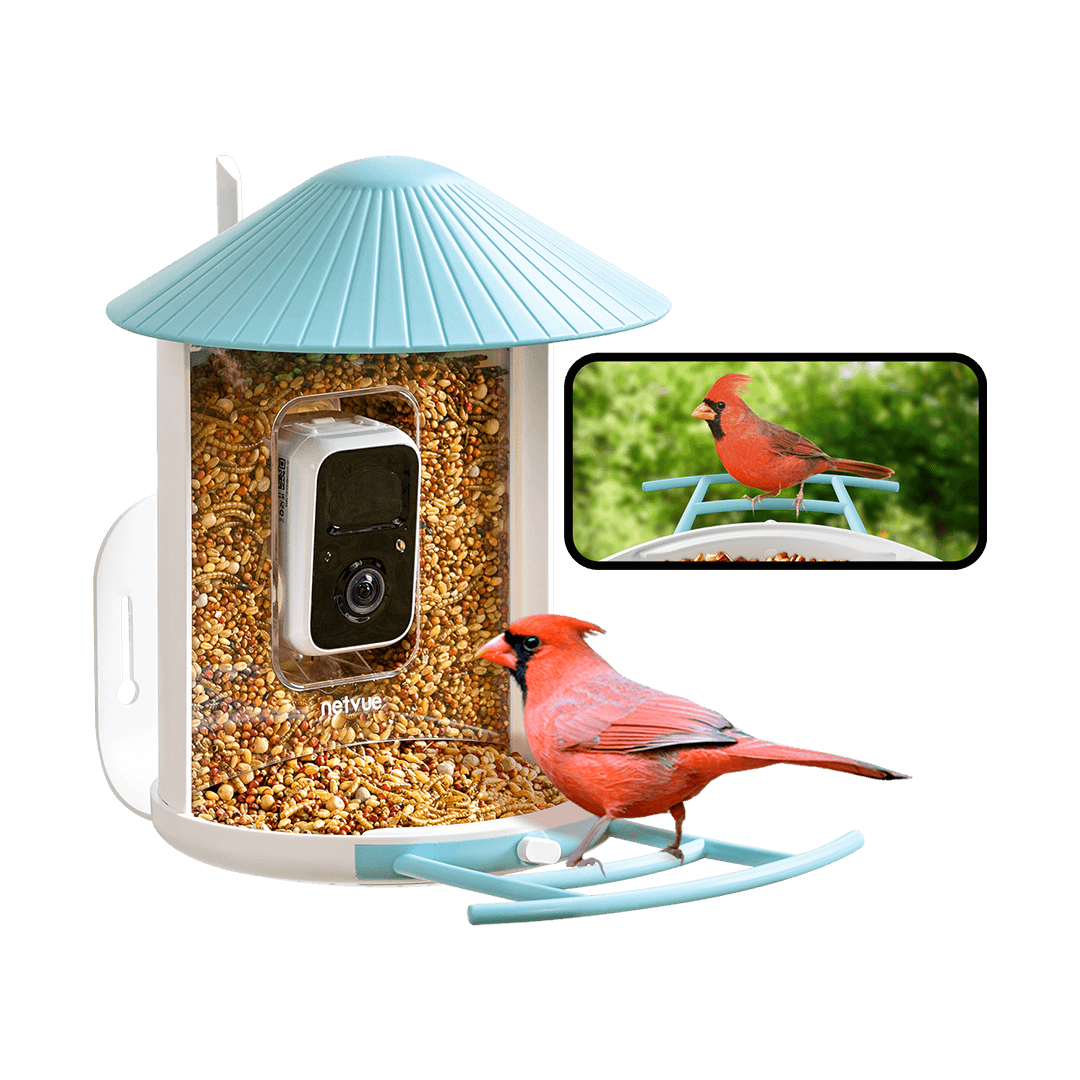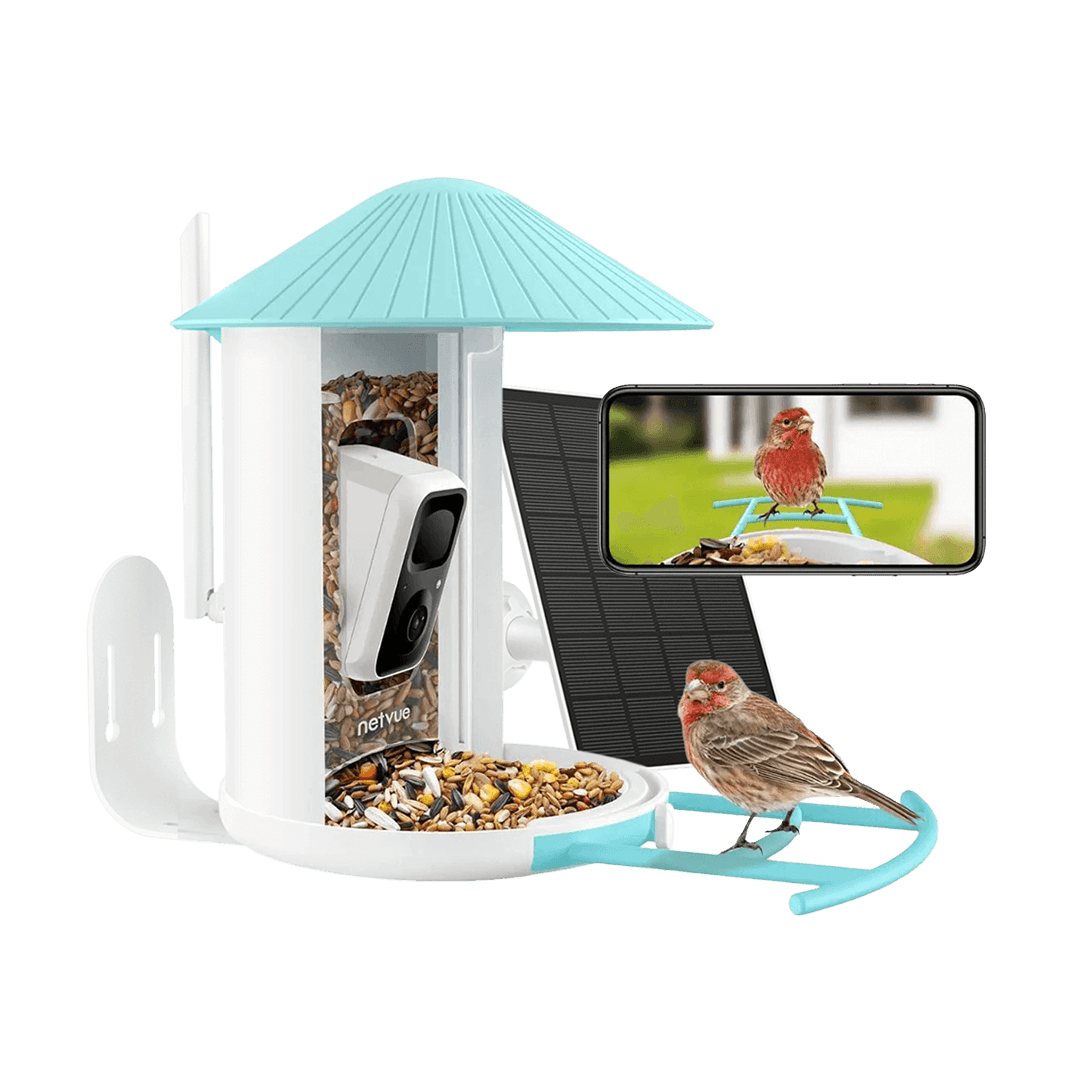. They are among the most spirited birds, often engaging in fierce disputes with rivals and even challenging their own reflections in windows and mirrors. It's hard to deny the cuteness factor in their behavior. Another endearing trait is that cardinals raise their crest when they feel angry, accompanied by a sharp tink-tink-tink call. If their crest suddenly lowers, it's a sign that they are about to dive-bomb their rivals.
However, it's important to address a serious concern. Many birds are unfortunately injured due to collisions with windows and mirrors. This issue deserves our attention, and measures such as applying stickers or bird tape to these surfaces can help prevent such accidents.
6 Migration? Nah ah
Cardinals buck the trend of migration, choosing to remain year-round residents in a single region. Their powerful nostalgia instinct keeps them close to their birthplace, preventing them from embarking on long-distance journeys during fall or spring.
7 Harbinger of Luck
Considered as bearers of love, hope, and good luck by many Native American tribes, cardinals hold a special significance. Spotting a cardinal is believed to symbolize the presence and support of loved ones in Heaven, serving as a spiritual reminder of their continuous blessings.
8 A Bird of Distinction
The Northern Cardinal holds the prestigious title of the state bird in seven states: Illinois, Indiana, Kentucky, North Carolina, Ohio, Virginia, and West Virginia. Its initial designation as the state bird dates back to 1926 in Kentucky. Additionally, this charismatic bird has become the mascot for several professional sports teams across the United States.
9 Adored Bird Feeder Visitors
Cardinals are frequent guests at bird feeders.
To attract them, fill your feeders with their preferred foods such as sunflower and safflower seeds, peanuts, cracked corn, and fruit. Planting berry bushes can also entice them to visit your garden. Keep in mind that they typically appear in the early morning or around dawn, so be sure to replenish your
feeders in a timely manner.

Summing Up
Once kept as pets in the 1800s, cardinals now enjoy the protection of the Migratory Bird Treaty Act (MBTA), which prohibits their capture, sale, and even the trade of their feathers. From their vibrant plumage to their strong family bonds, these remarkable birds continue to captivate us. As you observe these iconic beauties in your garden, may you always be reminded of the wonder they bring to our world.













Comments
Elaine katz said:
Cardinals. Are frequent guests around my property and I enjoy seeing them. I provide fresh water and food for them daily